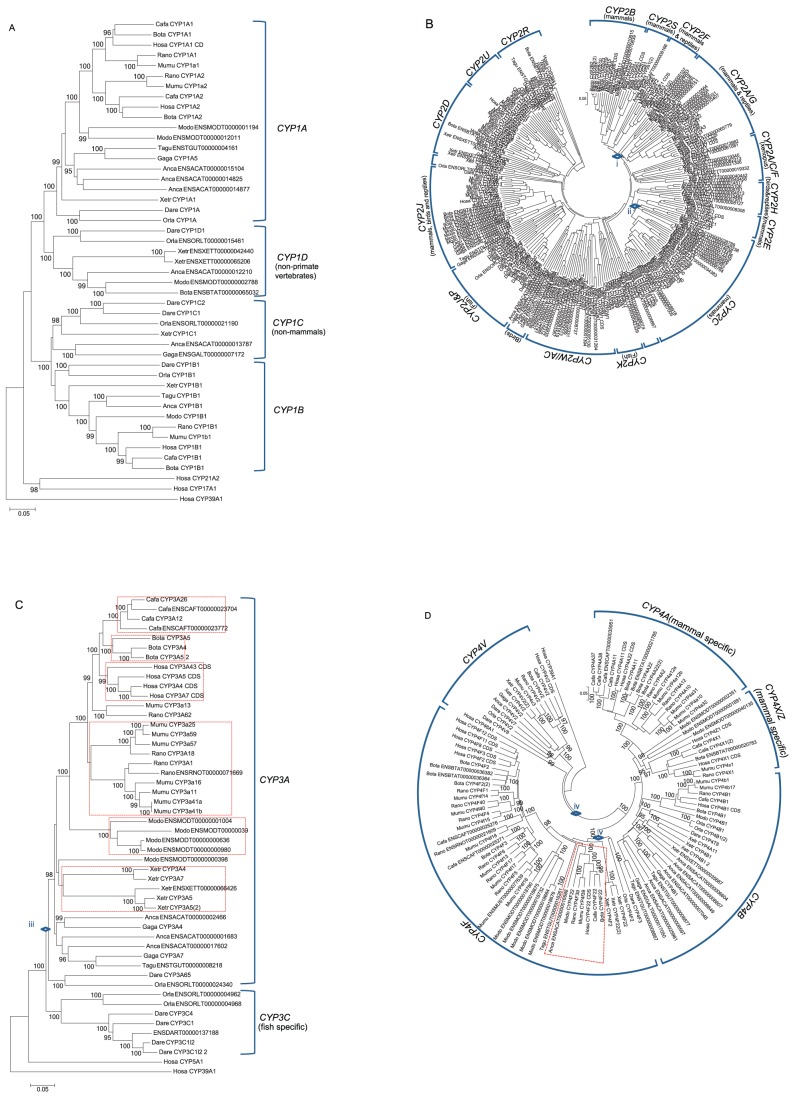Figure 7. Phylogenetic tree of the D-type family.
A) CYP1 family, B) CYP2 family, C) CYP3 family, and D) CYP4 family. Each NJ tree was based on the total nucleotide substitutions among members. The origin of each of the five clusters (corresponding to i–v in Figure 1) is indicated with a diamond in Figure B–D. Each subfamily is indicated by a bracket. In Figure B, the CYP2T subfamily is not shown because no functional gene belonging to this subfamily is present in the human genome. In Figures C and D, the red dashed rectangle outlines a specific clade.

